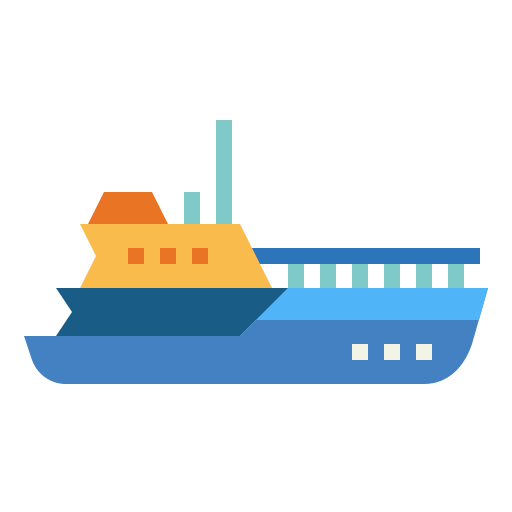Professional Buying Guide
Understanding Yacht Cruising Speeds When it comes to yacht cruising, speed is a crucial factor that influences comfort, time management, and fuel efficiency.
Professional Buying Guide
Buying a yacht at auction is a process that combines opportunity with complexity, often unveiling remarkable possibilities for prospective yacht owners.
Professional Buying Guide
Top Yacht Stabilization Systems for Smooth Sailing When it comes to enjoying a luxurious day on the water, few things can be more disruptive than the effects
Professional Buying Guide
Luxury Yacht Dining: What to Expect Luxury yacht dining offers an unparalleled culinary experience, where gastronomy meets the elegance of oceanic escapades.
Professional Buying Guide
Comparing Yacht Classification Societies Yacht classification societies play an essential role in the maritime industry by establishing safety and quality
Professional Buying Guide
Best Yachts for Adventure Travel Adventure travel by yacht combines the thrill of exploration with the comfort of luxury travel. The global ocean offers
Professional Buying Guide
Choosing Yacht Linens and Upholstery When it comes to outfitting a yacht, the choice of linens and upholstery is paramount for both aesthetic enjoyment
Professional Buying Guide
The Role of a Yacht Captain The role of a yacht captain is multifaceted, blending technical skill, leadership capabilities, and a deep understanding of
Professional Buying Guide
Benefits of Hybrid Yachts Hybrid yachts are gaining significant attention in the maritime industry, combining traditional propulsion systems with modern
Professional Buying Guide
The distinction between motor yachts and sailing yachts is fundamental to understanding the broader world of marine vessels, each type embodying distinct
Professional Buying Guide
Most Efficient Yacht Engines in 2024 The maritime industry continuously evolves, particularly regarding technology and sustainability. As we enter 2024
Professional Buying Guide
Yacht Docking and Mooring Tips When it comes to yacht ownership, irrespective of whether you are a seasoned sailor or a novice, mastering the art of docking
Professional Buying Guide
The Cost of Customizing a Luxury Yacht When embarking on the journey of owning a luxury yacht, one of the most exciting yet intricate aspects is customization.
Professional Buying Guide
Yacht Carpentry and Woodwork Options Yacht carpentry and woodwork represent a unique intersection of craftsmanship and marine engineering.
Professional Buying Guide
The world of luxury yacht charters is vast and diverse, offering an exclusive and memorable way to explore some of the most beautiful waters on the planet.
